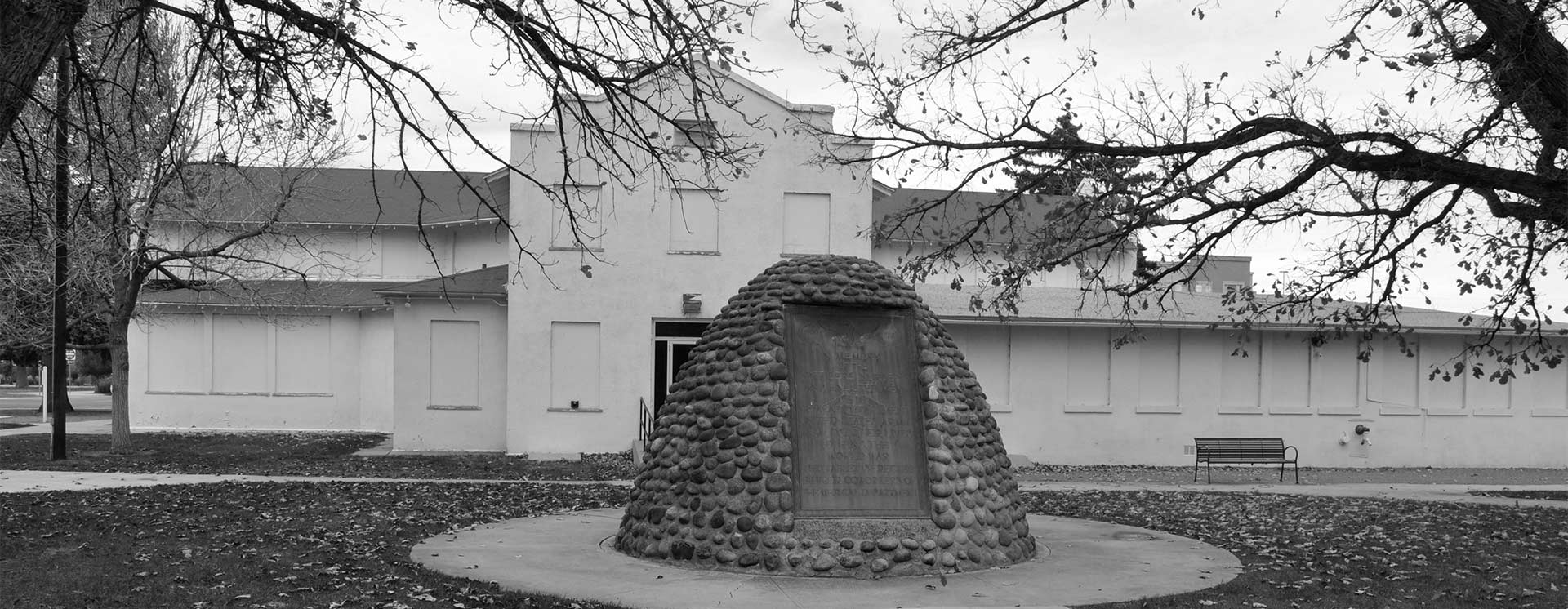
World War One Sites - The NETWORLD Database
Saint Elias Church with its Parish Office in Zenica, Bosnia and Herzegovina
The parish office and the church were built in 1836 and then modernized in the appearance that we can see today in 1909. The architect responsible for the church was Josip Vancaš, a famous Bosnian architect. It is 42 meters long and has a high tower of 40 meters. There are four altars in the church, one main and three secondary altars. The main altar was made from wood and it was made in Tyrol (Austria) in 1837. The church also owns organ pipes with 8 registers which have been brought to the church in 1933. There are no technical documents on the church every being restored and changed. In 2007, the church building, along with the Parish Office was declared a national monument of Bosnia and Herzegovina.
Bosnia and Herzegovina, Zenica
Type of WWI-heritage
- Church
Dimensions
It is 42 meters long and has a high tower of 40 meters.
State of repair/preservation
The Parish office, the church, and the records are in good shape, in other words, they are well preserved. The church has not changed its appearance. It has kept its initial appearance from the time of its construction.
Historical WWI Context
The church and the Parish office themselves were finished and inhabited in 1909, but 1917 is important because the famous writer, a Nobel prize winner, Ivo Andrić was held in house arrest in the church’s Parish Office at that time. The Nobel prize winner, Ivo Andrić was a close friend of Gavrilo Pricip, the young activist, rebel and a member of Young Bosnia, that assassinates Franz Ferdinand and his wife. Because of his closeness with Princip, Andrić was arrested and imprisoned first in Split, then transferred to Rijeka, and finally to Maribor. When the case against him was dropped, he was egziled to a village near Travnik called Ovčarevo, and from there on, he was transferred to Zenica. He spent some time in the Saint Elias Church’s Parish Office, and from there on to Zenica Prison.
At the time of the World War One, the church was doing the function of some kind of house arrest for the Nobel prize winner for literature Ivo Andrić.
Recent Images
Historical Images
State of legal protection
It is not protected by any local, regional, national or international law or agreement.
Owner
The Parish owns it.
Kind of cultural use of WWI
No data.
Opening
No data.
Entrance Fee
No data.
Information regarding cities, villages, other touristic attractions (non-WWI) nearby
Vranduk Fortress, Maglaj Fortress, Visoko Pyramids, etc.
Accomodation
No data.
Public Transport
No data.
Further information sources
No data.
Other heritage sites nearby
Museums Private Collections
National Museum of BiH in Sarajevo
Saint Elias Church with its Parish Office in Zenica, Bosnia and Herzegovina
44.205087870637136 17.905031891552767 fileadmin/res/images/layout/standar-marker.pngLocation

